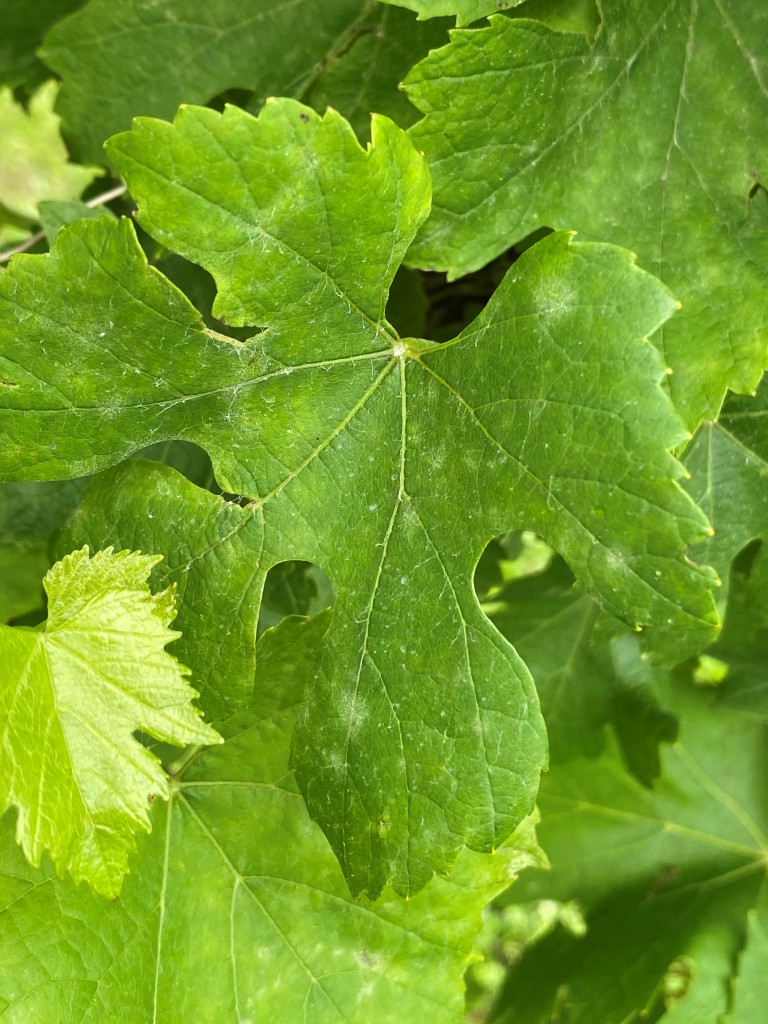
By Clint Thompson
What was once a disease that feasted mostly on squash in South Florida has quickly taken more of a liking to one of its fellow cucurbits – watermelons.
Pamela Roberts, vegetable plant pathologist at the UF/IFAS Southwest Florida Research and Education Center, discussed at last week’s Citrus, Vegetable and Specialty Crop Expo how powdery mildew disease has grown to be a major problem for watermelon growers in recent years.
“In our area, and I’m going to restrict it to South Florida, powdery mildew has always been a chronic problem on squash and on some of the other cucurbits. Definitely, if you put a squash plant out, you’re going to get powdery mildew. But with watermelon, it’s been more of a novelty. We might see it a little bit one year and not see it again,” Roberts said. “But it’s getting more constant, and then in the commercial fields, it is becoming more of a problem that they’re trying to control. That is a change within the last five to 10 years.”
Disease Symptoms
Powdery mildew symptoms on watermelon plants appear as yellow blotches on the oldest leaves first. If the disease is left untreated, the fungus spreads to the entire leaf. These blotches become bronzed and turn dark brown or purplish as the disease progresses during the season. Eventually the leaf dies and has a crisp texture.
“It generally likes drier conditions, but having said that, it does perfectly well here in Florida, whether it’s raining or not,” Roberts said.
She added that there are excellent fungicides available for powdery mildew. What is critical is applying good coverage.
“There are some highly effective fungicides. What we’re doing is trying to show that we don’t have resistant populations at this time. We should still have full confidence in the products on the market,” Roberts said. “The fact that if they’re not getting good control for whatever reason, at this time, we don’t think it’s because of fungicide resistance in the pathogen.”









